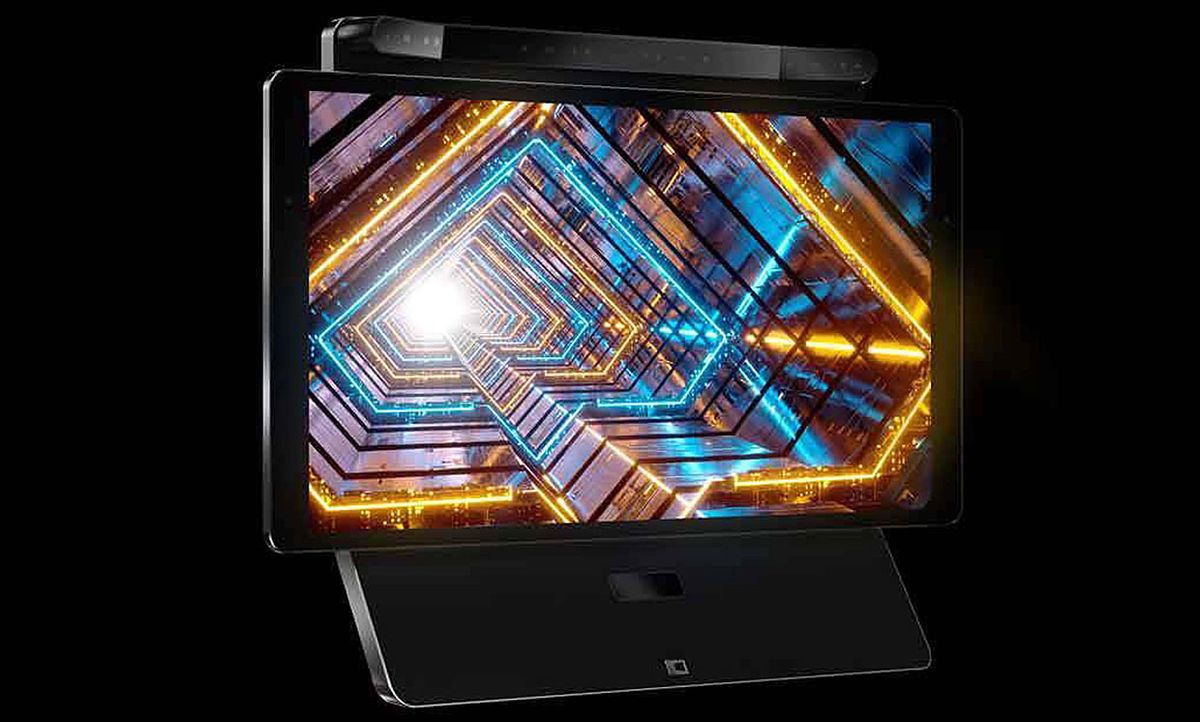Nine years ago, 3D was touted as the next big thing in display technology, the pixie dust that would get us all to run out and replace our TV sets so we could experience it at home.
By 2011 it was already becoming clear that people weren’t going to wear special glasses to watch TV at home, and tech companies began tinkering with glasses-free 3D technology. It had a lot of issues—resolution was reduced because the screens had to produce two images. Viewing angles were limited. And for a lot of people (including me), the effect was headache inducing.
Tech innovators pretty much stopped talking about putting 3D into traditional TV displays and instead moved to creating virtual 3D worlds via head-mounted displays. Because you strap them on, your viewing angle doesn’t change and the 3D effect can be much more stable.
But at least one company didn’t give up on the quest for a viable 3D television display. Dimenco, a company from the Netherlands, arrived at CES 2019 with what it calls “Simulated Reality” technology. (It’s not a great moniker, but “virtual reality” is pretty much owned by Oculus and its head-mounted brethren.) Dimenco is displaying interactive 3D video images using a lenticular filter (recall old postcards that displayed two scenes depending on how they were viewed) over an 8K LCD display. With an 8K image, a video feed split into right and left eye images still gives you a 4K resolution: resolution problem of 2011 solved.
Dimenco also solved the viewing angle problem by adding cameras and image processing to track the viewer’s eyes. And I can attest that, at least in the demos I saw, the 3D experience was smooth enough so I had no issues with headache or nausea—and I tend to be a real canary in the coal mine for those kinds of side effects.
For the demos, Dimenco partnered with Ultrahaptics, a company that uses ultrasound to simulate touch and added spatial audio processing to complete the “simulated reality” effect. In the demos involving computer-generated figures, I was able to walk to the side and peek around a 3D human head. The company indicates that for 3D content that is recorded from the real world rather than computer generated, “peeking around” won’t be possible, but the 3D perspective will still come through without distortion as you move from side to side in front of the screen.
Dimenco’s Simulated Reality is not exactly a product yet. The company is aiming to convince hardware manufacturers to add it to their displays, starting with manufacturers of laptops for gamers. In that product, it is expected to add about $200 to the manufacturing cost. And it also needs content. In an effort to get developers excited, the company introduced a development kit, including a 32-inch 8K display, gesture sensors, and audio hardware, along with software to allow its use with the main game development platforms. Dimenco indicated that it expects to see this technology reach consumers in 2020.
Tekla S. Perry is a former IEEE Spectrum editor. Based in Palo Alto, Calif., she's been covering the people, companies, and technology that make Silicon Valley a special place for more than 40 years. An IEEE member, she holds a bachelor's degree in journalism from Michigan State University.



